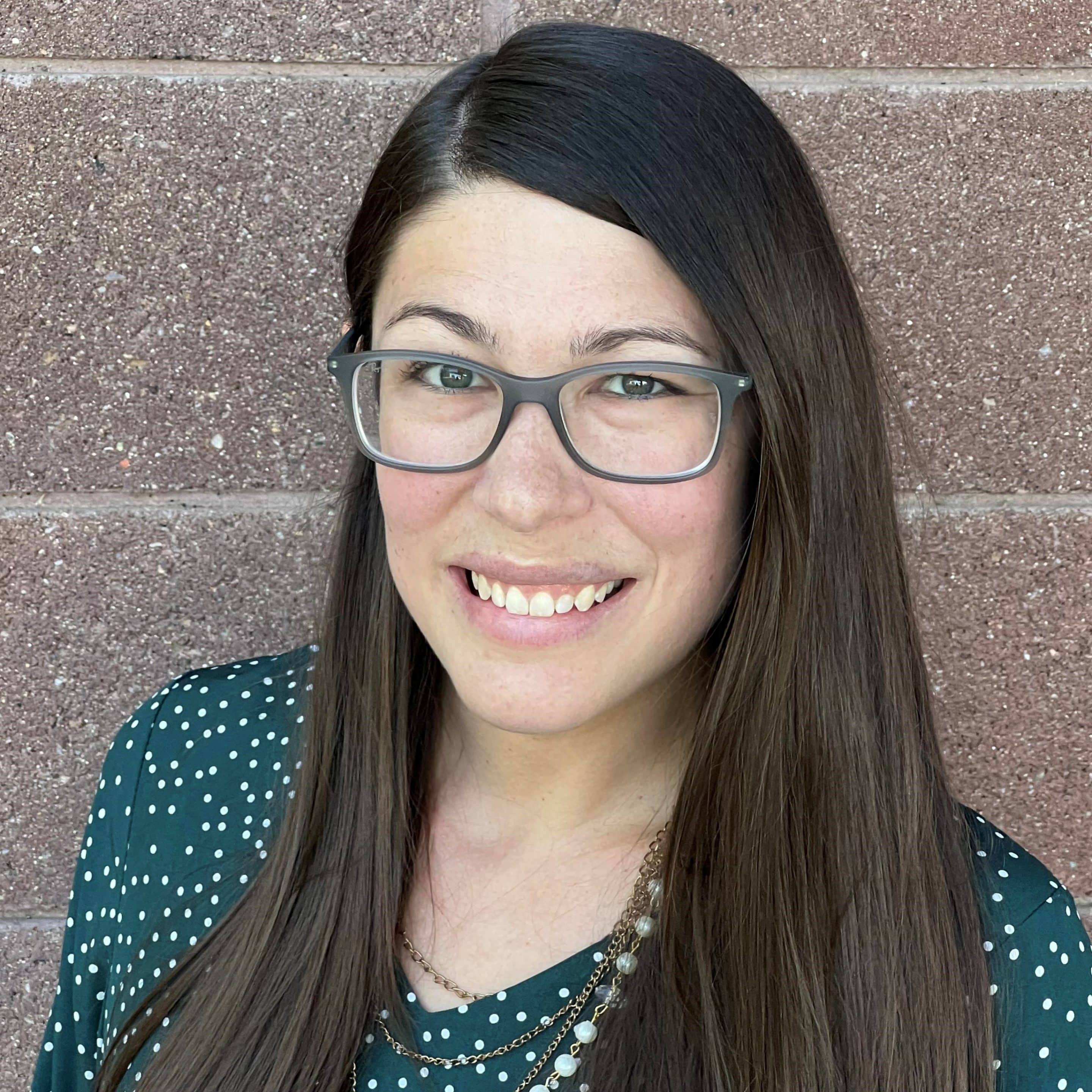Dyscalculia Screeners: The First Step in Getting the Help Your Math Student Needs
Do you have a child who struggles with math? I mean really struggles? They might avoid it as much as possible or throw out a bunch of random answers so they can move on. Maybe just when you think they’ve finally got something, they suddenly forget everything you just worked so hard to teach them. You might be afraid of teaching your child the math in the wrong way so you avoid it. Do you dread homework time because of all the tears? (Their tears, your tears, everybody’s crying over here…)
It may be time to consider a dyscalculia screener.
If you’ve been drowning in homework tears and too exhausted to figure out how to get your child help, allow Dr. Anneke Schreuder and Made for Math CEO Adrianne Meldrum to inform, encourage, and inspire you. This interview is packed with research-based support for your child AND for you!
Table of Contents
Who is Anneke Schreuder and why did she create dyscalculia screeners?
A Dutch pediatrician with a Ph.D. in Neonatal Epidemiology, Dr. Anneke Schreuder has devoted her life to studying the development of children’s brains. She says she has always been interested in how the brain works – her PhD involved studying very premature babies and their brain development from birth through age five.After moving to the United States from the Netherlands, Dr. Schreuder learned that her daughter had severe dyslexia. So, like any good doctor and mother would do, she learned everything she could about how dyslexia affects the brain. She studied the research about how to support a learner with dyslexia and became a tutor for other students with dyslexia. She then taught teachers and schools how to implement research-based strategies and interventions for students with dyslexia.
Over time, Dr. Schreuder realized that students with dyslexia often also struggled with math. She states that research indicates that around 40% of dyslexic students also have issues with math learning. Yet, she realized, there was very little information available about this learning difference called dyscalculia.
At the time, research around dyslexia had become readily available. Parents could easily find information about it. Schools and teachers were familiar with it. There were many books, trainings, and learning programs for teaching students with dyslexia. The same could not be said for dyscalculia. Most people didn’t even know it existed.
“If we can help parents and teachers to get a little bit more information about dyscalculia…I think that is dearly needed.”
-Dr. Schreuder
This is Anneke Schreuder’s why. She develops screeners and resources for parents and educators because she wants to raise awareness about dyscalculia and the needs of students who have this learning difference.
When and why you might want to try a dyscalculia screener
Below are the signs Dr. Schreuder says parents and teachers can watch for to spot dyscalculia in children. If your child ticks several of the boxes, then you are certainly in the right place.
☑️Late with counting, knows counting words but does not associate with quantity of objects
☑️Counts numbers out of order, or rattles off numbers as one long word “one-two-three-four-six…”
(sounds like “supercalifragilisticexpialidocious”)
☑️Unable to count backwards, has trouble skip-counting
☑️Continues to “count all” rather than “counting on”
☑️Trouble learning multiplication facts, flashcards are not effective
☑️Sometimes seems to know it one day and forget it the next
☑️Anxiety, low self-esteem
☑️Struggles to read analog clock
☑️May not know left from right
☑️Does not enjoy building blocks, puzzles
☑️Misunderstands directional words, cannot remember events in order
☑️Disorganized, not good at sorting
☑️Little to no recognition of dice or domino patterns
☑️Trouble knowing which number is larger or smaller
☑️Does not understand composition or decomposition of numbers
(5 is made of 2 and 3 and it’s also made of 1 and 4)
☑️Issues with place value
☑️Word problems are really hard
Dr. Schreuder has also developed a one-day course for teachers and parents who want to learn more about the symptoms of dyscalculia. Her mission is to enlighten more teachers about the signs and interventions for dyscalculia so that they can pick up on it earlier.
“I am excited about the day when teachers will have at least heard about dyscalculia and hopefully know how to help with it.”
-Adrianne Meldrum
What the screeners look like
A screener is an instrument used to assist parents and educators in quickly determining whether a more extensive assessment is needed. Dr. Schreuder’s screeners are not meant for generating a formal diagnosis, however they do effectively indicate next steps for anyone who is concerned about their student’s math learning.
She has essentially taken the research about dyscalculia, which may be cumbersome for most parents and educators to sort through, and translated it into simple tools for anyone with a concern about their student’s math learning.
Dr. Schreuder offers two FREE dyscalculia screeners on her website. Most families start here before seeking more in depth dyscalculia testing because formal testing requires a larger investment of time and money.
The first screener is a quick checklist which includes various indicators or symptoms that research has shown may indicate dyscalculia. There is a checklist for children and one for adults, too.
The second set of screeners are given according to grade level (Kindergarten-fifth grade) and are used to gauge where a child’s math learning is in relation to their same-age peers.
Many families who complete these screeners subsequently decide to move forward with the online or in person testing offered on Dr. Schreuder’s site. Dr. Schreuder says that so far 100% of families who started with her screeners and then decided to seek formal testing (through her site or elsewhere) ended up with a dyscalculia diagnosis. In short: the screeners are excellent predictors of a dyscalculia diagnosis.
What to do after you take a screener
So if the screener is the first step, what comes next? In short, if the dyscalculia screener indicates that a math learning disability may be present, the next step is to get a more extensive assessment of number sense and calculation skills.
It is absolutely in your child’s best interest to get a formal diagnosis that includes specific information about the gaps in their math learning and any other issues that may be making math more difficult, such as a disability in attention, memory, or language.
Once you have a formal diagnosis, it will be much easier to obtain the interventions for remediation that your child needs.
We interviewed neuropsychologist Dr. Karen Wilson in episode 5. She provides step by step guidance in obtaining a formal evaluation and diagnosis for learning disabilities. You can watch that video here.
Where to learn more
Anneke Schreuder and Made for Math share a common mission: to continuously provide tools for people to learn about dyscalculia (and other learning disabilities that impact math learning), to provide resources to support students with dyscalculia, and to empower all math learners.
Dr. Schreuder continues to add to her repertoire of resources. Below is a snapshot of some of the offerings our readers might be interested in:
- Mom’s Teach Math Course: Designed to make homework time less tense, and dare we say even fun, the Moms Teach Math course is a growing resource that includes instructional videos and printable activities for parents to utilize to support their students in elementary math.
- Dyscalculia Tutor Training: The basic training course consists of 5 modules that will prepare educators to successfully support students with dyscalculia. There are also extension courses for teaching areas like Algebra and Geometry.
In addition to these online courses, Dr. Schreuder offers in-person professional development for teachers and schools. - Math in Real Life: After talking with many adults who have struggled with math for the entire lives, Dr. Schreuder has created a series of videos to support adults in everyday, real-life math situations. From paying the bills to planning a vacation to math in the kitchen, Dr. Schreuder offers more than 35 short, clear explanations for the math you use every day.
It’s time to stop the tears. It’s time to stop being afraid of math. It’s time to take the first step toward dry, smiling faces and productive homework time.
What do you have to lose? Try a free dyscalculia screener today. And while you’re at it, try our free, 2-minute quiz to see if Made for Math can help get your child back on track.
🎲 Is multisensory math right for your child? 🎲
There’s no need to wait for a diagnosis to receive help for dyscalculia. We have a team of experts ready to help. To assist you in making sure the multisensory approach would be helpful, take this handy quiz.
MFM Authors

Cassie Gibson
Multisensory Math Specialist
Cassie is a book-loving, knowledge-hungry, fun-seeking teacher who just wants to share the joys of learning with each and every student she has the privilege to meet! While teaching students here at MFM, she also writes great content to help parents just like you.



